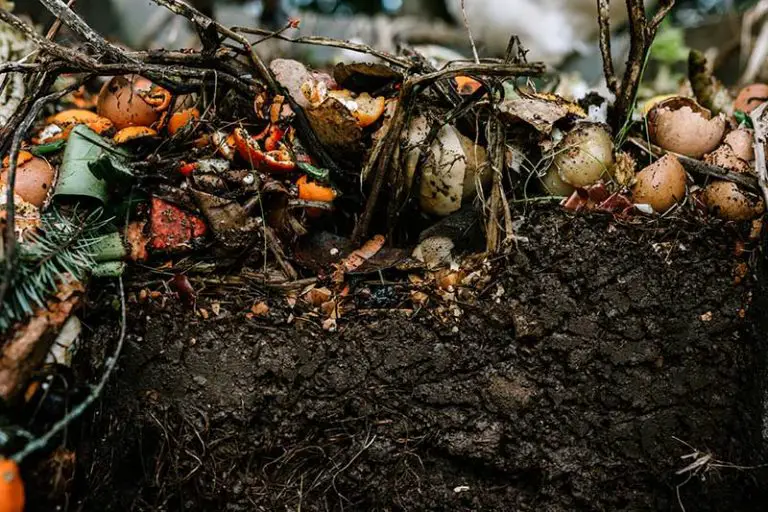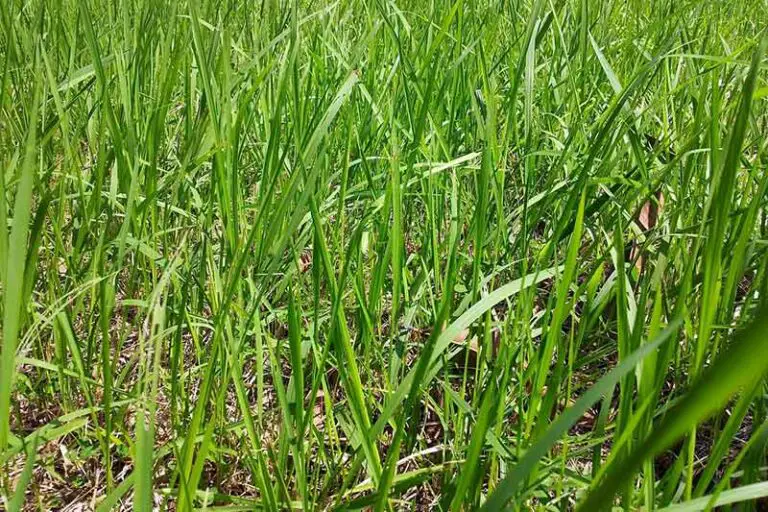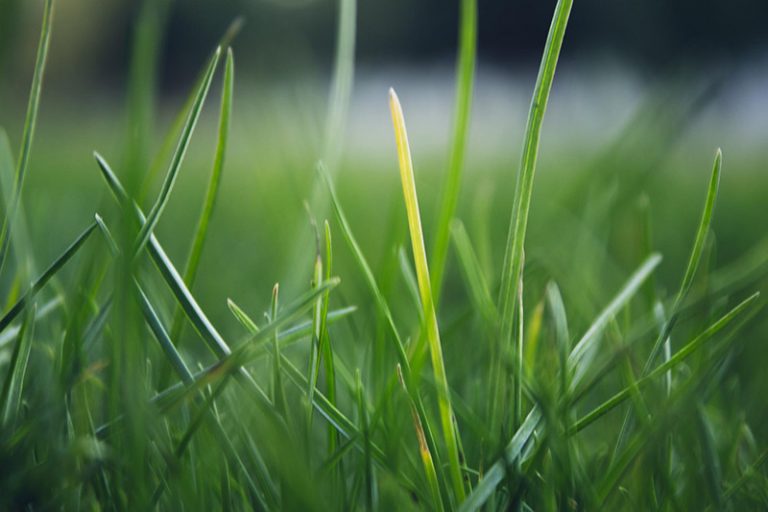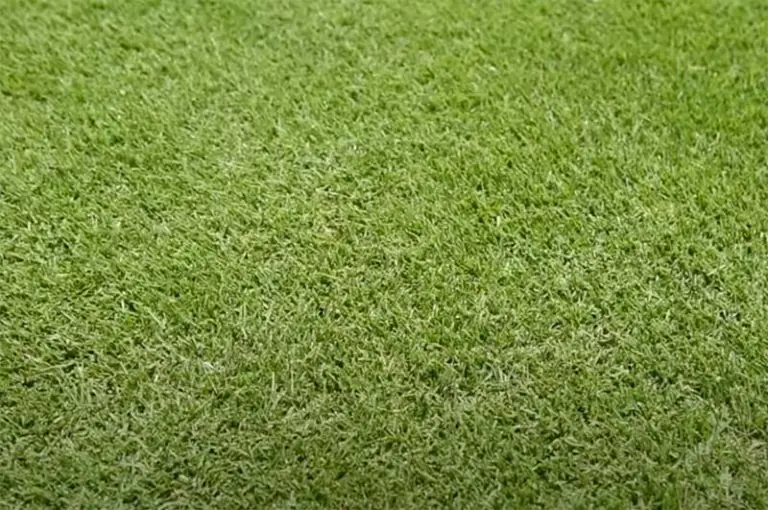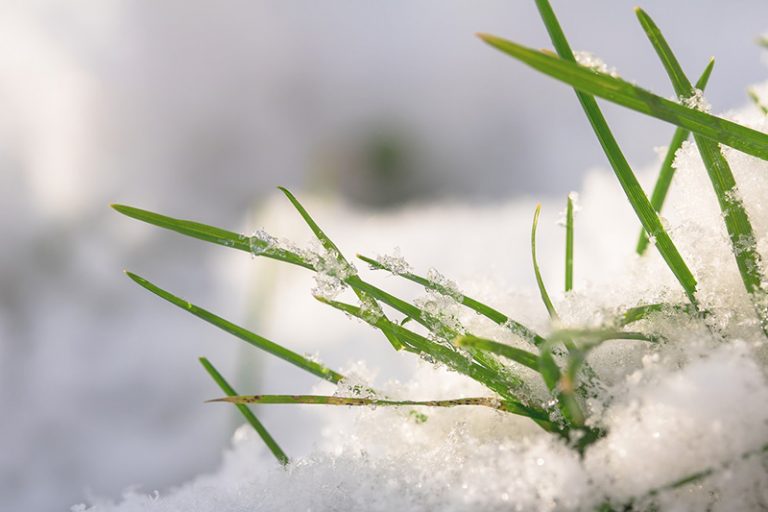Get Your Lawn Off to a Great Start with Starter Fertilizer
During germination, grass seeds are hard at work developing their root systems and sprouting their first blades of upward growth. Along with water and air, new grass needs several vital nutrients in order to begin the healthy sustained development of these parts of the plants.
Adding starter fertilizer to your new grass seed will give it the best chances of a healthy germination, setting it up with all the nutrients it needs most in these early stages of growth. The best time to apply starter fertilizer is immediately before sowing your grass seed or laying sod.
What is Starter Fertilizer?
Starter fertilizer is a type of fertilizer specifically formulated for new grass. These fertilizers contain the ideal balance of nutrients to encourage the healthy development of grass seed throughout its earliest stages of germination and growth.
All fertilizers contain varying amounts of the three primary nutrients that grass needs to grow. These nutrients are nitrogen (N), phosphorus (P), and potassium (K). Each nutrient is necessary for different functions in the growth process of grass; therefore, at different stages of growth, grass has varying requirements for each nutrient. It’s for the aforementioned reasons that fertilizers come in varying formulations to best suit the needs of the grass it’s applied to.
The formulation of any given fertilizer is represented as a fertilizer ratio, or ‘NPK value’, listed on the product’s packaging. For example, a balanced fertilizer would have a fertilizer ratio of 10-10-10; this would indicate that the fertilizer contains 10% nitrogen, 10% phosphorus, and 10% potassium, with the rest of the product being filler material.
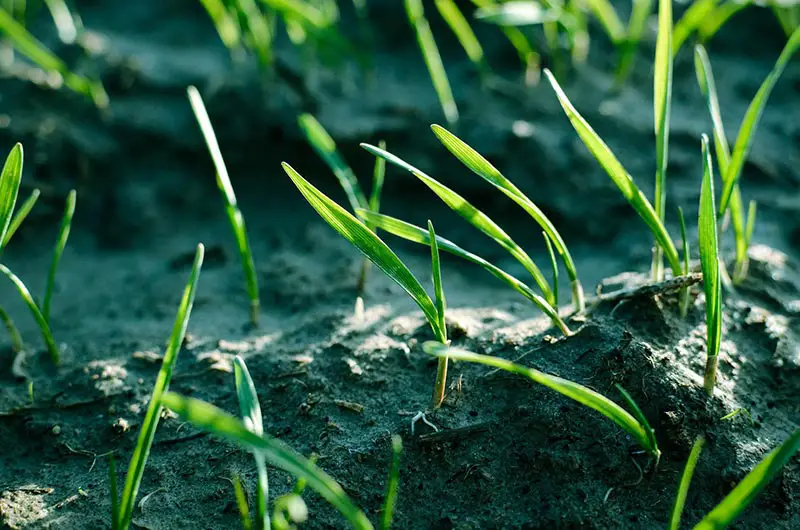
What Nutrients Does Starter Fertilizer Contain?
As we’ve just explained, starter fertilizer contains nitrogen, phosphorus, and potassium in the ideal balance for new grass. We explain each of these nutrients in more detail below.
Nitrogen
Nitrogen is the nutrient that gives grass its deep green color. It is primarily responsible for driving the upward growth of the grass and facilitating the grass plants’ process of photosynthesis.
This nutrient is most important to maintain the growth of established grass, however, it is also vital to the grass in its earliest stages of growth. Most starter fertilizers contain roughly 10 to 20% nitrogen.
Phosphorus
Phosphorus is another crucial nutrient that grass needs during its early stages of growth. This nutrient is mainly responsible for driving the development of the grass’ root systems.
As phosphorus is immobile in soil, young seedlings have a harder time obtaining the nutrient with their underdeveloped roots. This is why an addition of starter fertilizer is so important, to provide the grass with an abundance of phosphorus for proper root development. Starter fertilizers typically contain at least 20% phosphorus.
Potassium
Potassium is the nutrient that encourages the grass’ resistance to cold temperatures, drought, and disease, generally promoting the hardiness of the grass.
While these benefits are hugely important in mature grass, young seedlings require potassium in the least amounts compared to nitrogen and phosphorus. For this reason, starter fertilizers typically contain very little of this nutrient, having about 4 to 6% potassium.
Do I Need Starter Fertilizer for Grass Seed?
While it isn’t absolutely necessary to add starter fertilizer to new grass seed, it is highly recommended. An application of starter fertilizer will create the ideal growing conditions for your new grass, getting your seed off to the best start possible. New grass is very delicate and a starter fertilizer can help to support it during these crucial early stages of growth.
When To Apply Starter Fertilizer
You should apply starter fertilizer before overseeding, seeding, or laying sod. You can also apply starter fertilizer immediately after seeding or overseeding; however, avoid applying starter fertilizer on top of newly laid sod, as this can cause fertilizer burn in the young grass.
It’s best practice to add the starter fertilizer before planting the new grass, tilling it well into the soil. Tilling is crucial as it ensures the fertilizer is well-incorporated deep into the turf layer. When you apply starter fertilizer to the soil surface without tilling, the phosphorus and potassium it contains are unable to move into the soil fast enough to benefit the new seed. Also, the nitrogen in the fertilizer is more likely to be lost to leeching before the new grass has a chance to take it up.
It’s therefore best to till the starter fertilizer into the planting area, along with any other additional amendments, before seeding. With that said, you can still spread starter fertilizer on the planting area after seeding for sufficient results.
How Often to Apply Starter Fertilizer
You should only apply starter fertilizer to your new grass once. Following our recommendations in the previous section, make this application immediately before or after seeding or overseeding your lawn.
After this initial application of starter fertilizer, the next time you fertilize should be when the grass finishes germination, i.e. about 4 to 8 weeks after seeding. For this fertilization, you should move on to a fertilizer suitable for mature grass.
How Much Starter Fertilizer Should I Use?
Generally speaking, you should use enough starter fertilizer to add about 0.5 to 1 lbs. of nitrogen per 1,000 square feet of soil in your lawn. Applying any more than this amount will add too much nitrogen to the soil, which will likely cause fertilizer burn in the young grass.
Ultimately, the exact amount of starter fertilizer you should add to your lawn will depend on its current nutrient content. As we explain in the next section, a soil test is the best way to determine which starter fertilizer ratio would provide the most benefits for your new grass.
How to Apply Starter Fertilizer
Follow these steps to correctly apply starter fertilizer and give your new grass the best start possible.
1. Test Soil
Before applying any kind of fertilizer or amendments, it’s always best practice to test the soil first. By testing your soil, you can assess its current growing condition in terms of pH and nutrient levels. The results of this test will allow you to pick the fertilizer with the best ratio for the specific needs of your new lawn. It will also reveal if you need to add any pH-adjusting materials to get your soil in the optimal pH range for growing grass.
You can test your soil using one of the following methods. The first method is to carry out an at-home soil test using a DIY testing kit. These test kits are cheap and easy to use, and will reveal the basic pH and nutrient content of your soil immediately. Professional soil testing is the alternative method; this requires you to send a sample of your soil to a professional lab that will test it for you before sending you the results.
2. Determine How Much Starter Fertilizer You Need
From the results of your soil test, you can then determine how much starter fertilizer you need to apply to the planting area. Remember to add no more than 0.5 to 1 lb. of nitrogen per 1,000 square feet of soil.
3. Apply Fertilizer to Planting Area
Add the necessary amount of your chosen starter fertilizer to the hopper of your fertilizer spreader. The best type of spreader to use for this purpose is a broadcast spreader; the spreading mechanism of a broadcast spreader will ensure the most even application of your fertilizer.
Lightly rake the planting area before walking your spreader across the lawn to apply the necessary amount of starter fertilizer. After applying the fertilizer, work it into the top 4 to 6 inches of soil.
4. Plant Seed or Lay Sod
Once you’ve added your starter fertilizer, you can then plant your grass seed or lay your new sod.
5. Water Planting Area
Finally, water the entire planting area to moisten the top 4 to 6 inches of soil. This will help to work the fertilizer deep into the turf, in addition to triggering the germination of your new seed.
When To Start Using Regular Fertilizer on New Grass
After seeding, it takes about 4 to 8 weeks for your new grass to become established. This depends on a range of factors like the weather conditions and your lawn care activities over this period. Once your grass is established around the 4 to 8-week mark, you can begin your regular fertilization schedule using a regular fertilizer for mature grass.

